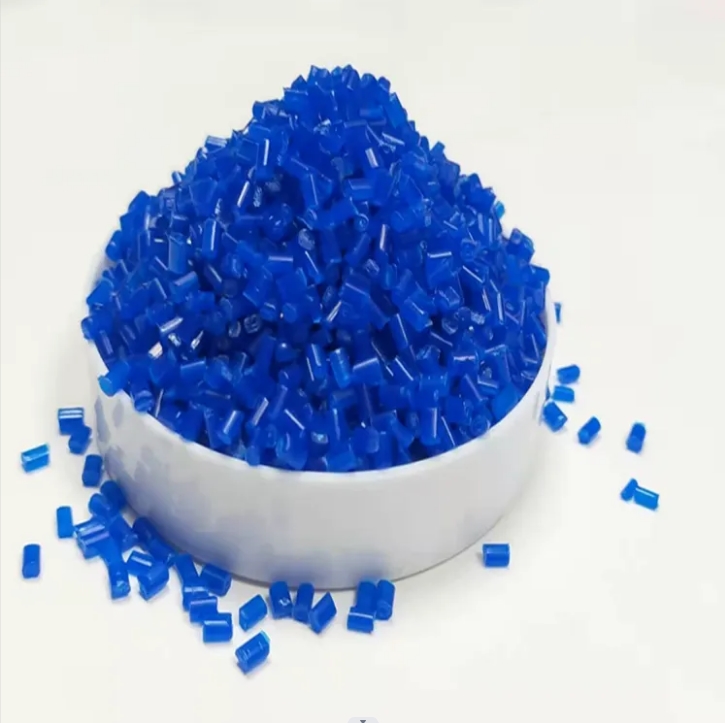PLA, a biodegradable material, is a semi-crystalline polymer with melting temperature up to 180℃. So why is the material so bad at heat resistance once it’s made?
The main reason is that the crystallization rate of PLA is slow and the crystallinity of the product is low in the process of ordinary processing and molding. In terms of chemical structure, the molecular chain of PLA contains a -CH3 on the chiral carbon atom, which has a typical helical structure and low activity of chain segments. The crystallization capacity of polymer materials is closely related to the activity of molecular chain and nucleation capacity. In the cooling process of ordinary processing molding, the temperature window suitable for crystallization is very small, so that the crystallinity of the final product is small and the thermal deformation temperature is low.
Nucleation modification is an effective method to increase the crystallinity of PLA, accelerate the crystallization rate, improve the crystallization property and thus increase the heat resistance of PLA. Therefore, the modification of PLA materials such as nucleation, heat treatment and crosslinking has an important role in broadening the application range of PLA products by increasing its thermal deformation temperature and improving its heat resistance.
Nucleating agents are divided into inorganic nucleating agents and organic nucleating agents. Inorganic nucleating agents mainly include phyllosilicates, hydroxyapatite and its derivatives, carbon materials and other inorganic nanoparticles. Clay is another kind of layered silicate mineral materials commonly used in PLA modification, among which montmorillonite is the most representative. The main organic nucleating agents are: amide compounds, bisylhydrazides and biureas, biomass small molecules, organometallic phosphorus/phosphonate and polyhedral oligosiloxy.
The addition of complex nucleating additives to improve its thermal stability is better than that of single additives. The main degradation form of PLA is hydrolysis after hygroscopic, so the method of melt blending can also be used, adding hydrophobic additive dimethylsilicone oil to reduce hygroscopic property, adding alkaline additives to reduce the degradation rate of PLA by changing the PH value of PLA.
Post time: Nov-07-2022





